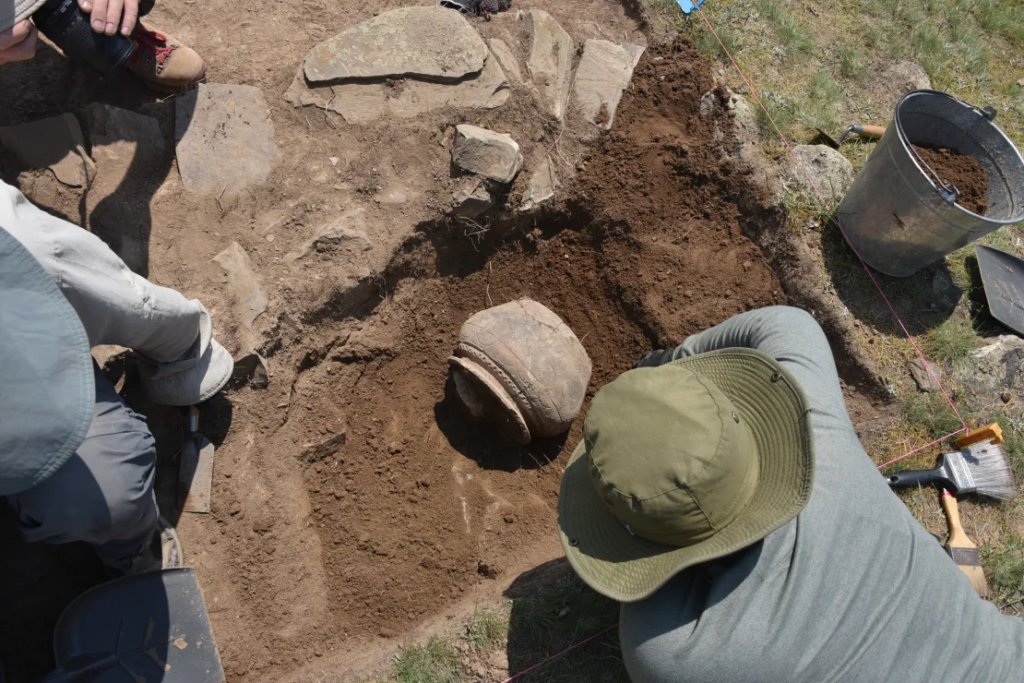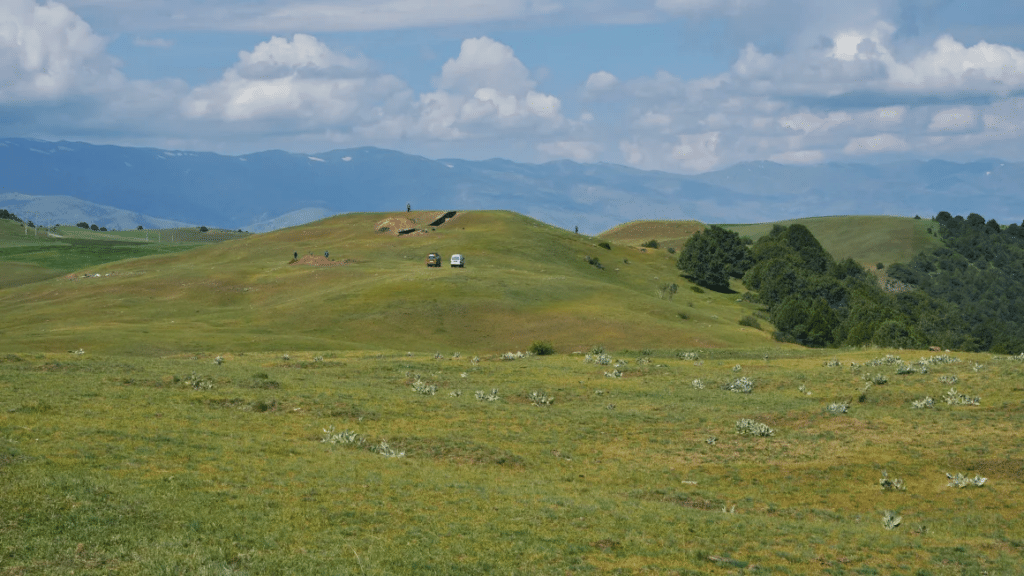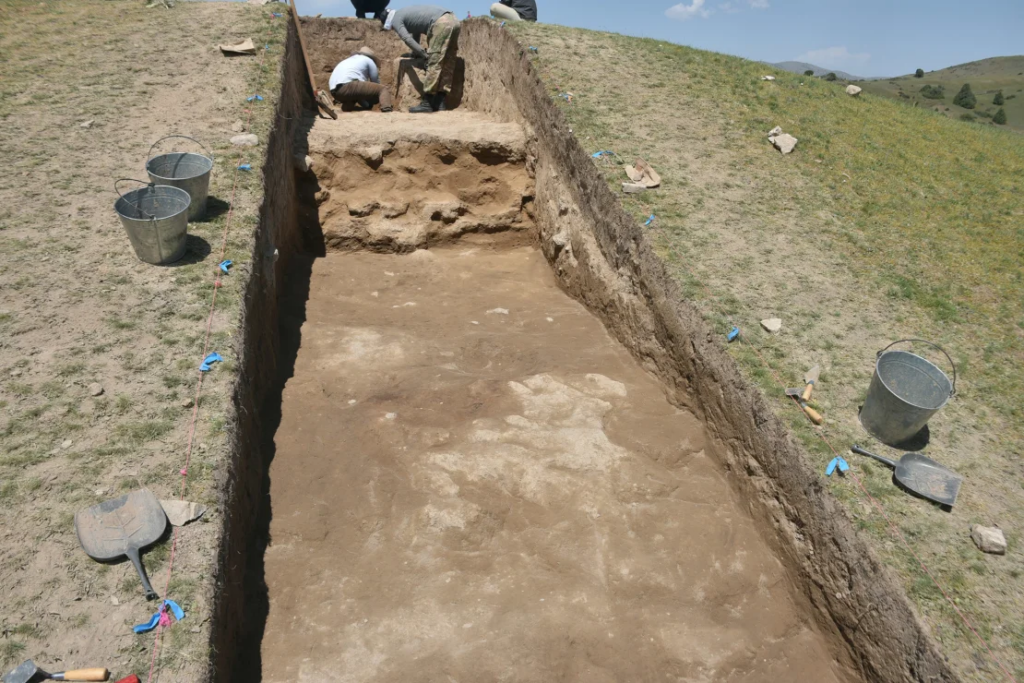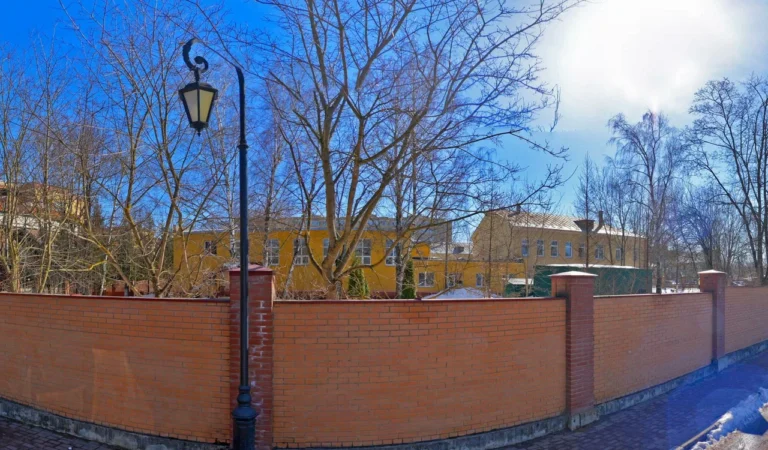
Archaeologists have unveiled two ancient cities that have lain hidden beneath grassy pastures in the mountains of Uzbekistan for centuries, CNN reports. Utilising drone technology and LiDAR (light detection and ranging), researchers have mapped these lost urban settlements, located just 5 kilometers apart, offering new insights into the region’s historical significance as a hub of the Silk Road trade.
Known as Tugunbulak and Tashbulak, these cities reveal an unexpectedly complex urban landscape, complete with watchtowers, fortresses, and pathways that suggest thousands of inhabitants once thrived here. The settlements are situated at more than 2,000 meters (6,562 feet) above sea level, traditionally seen as inhospitable for large-scale habitation.

Lead anthropologist Michael Frachetti emphasised life’s challenges in such elevations, particularly during harsh winter months. The research highlights the enigma of why these towns were established, with conditions often seen as unsuitable for permanent settlement. The presence of rich iron ore deposits in the region may have motivated their construction.
Preliminary excavations have already produced medieval pottery, hinting at the cultural practices of the inhabitants. While the surrounding land could not support agriculture, it likely facilitated a pastoral lifestyle, allowing residents to herd sheep and goats. The findings challenge common perceptions of nomadic life and suggest a more complex societal structure.

Frachetti and his team first identified these settlements in 2011, marking a significant advancement in archaeological techniques in Central Asia. Their continued exploration of Tugunbulak and Tashbulak promises to uncover more about the lives of those who once called these highland cities home. As the research unfolds, the ancient silk trade routes reveal their hidden treasures, proving that history is often more intricate than previously understood.
Kusrsiv Uzbekistan also reported that Saida Mirziyoyeva inaugurated the Silk Roads exhibition at the British Museum in London.













